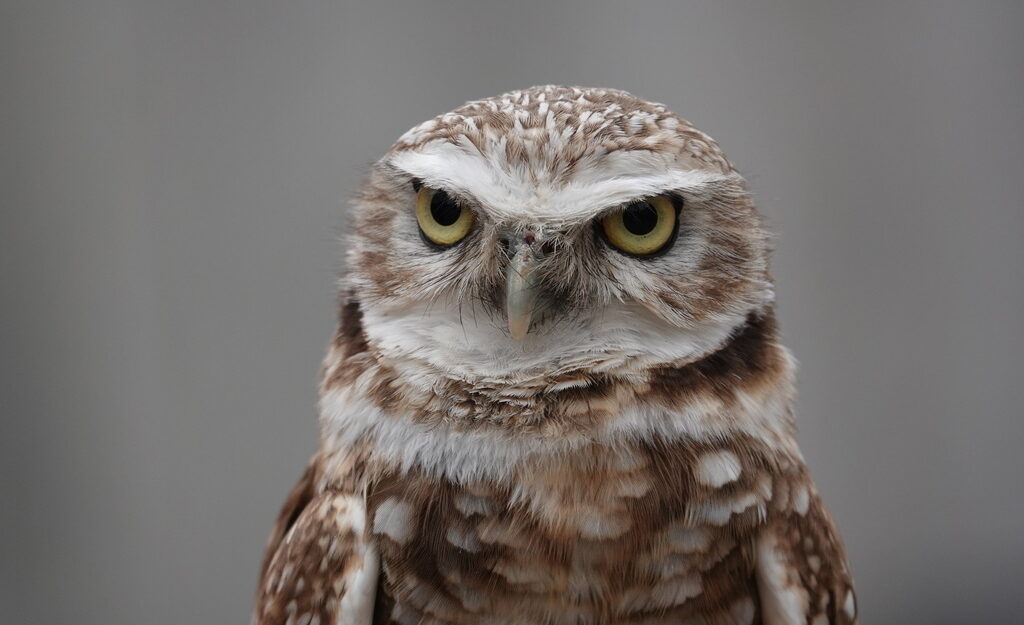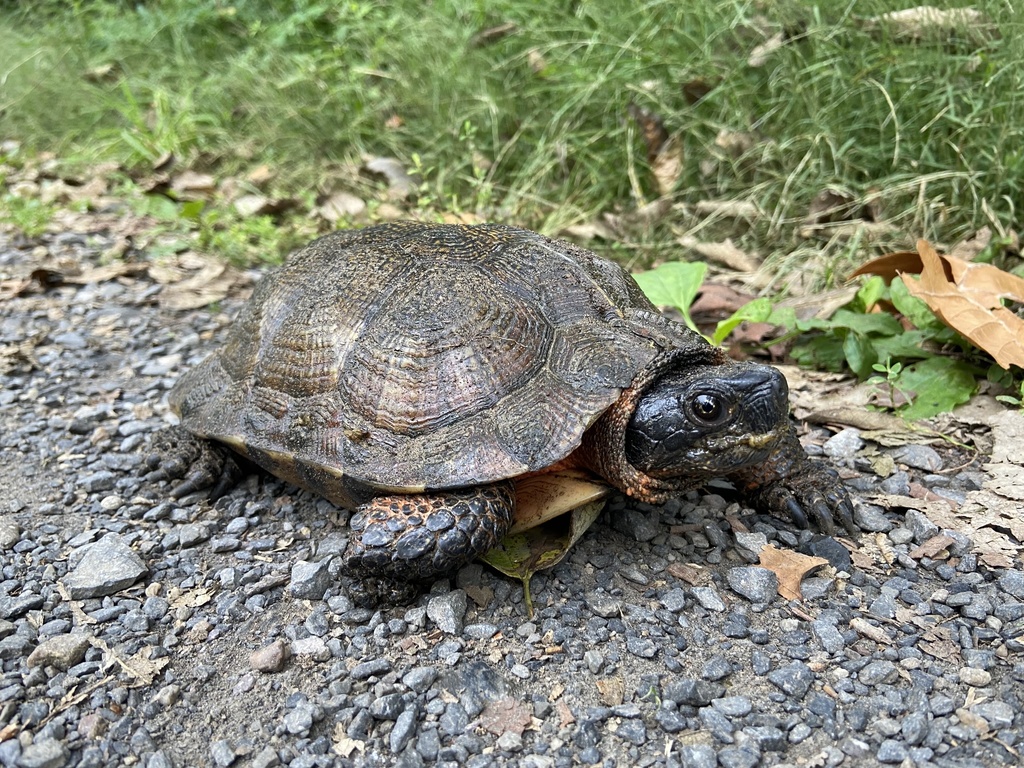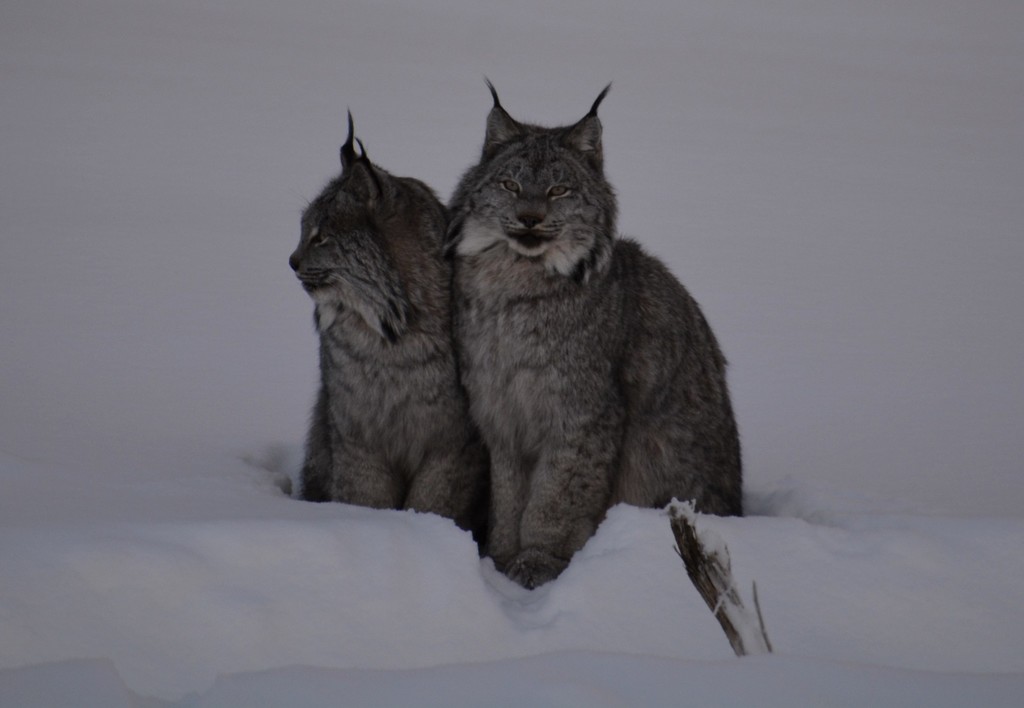How we protect Endangered Species in Minnesota for Endangered Species Day

By Jake Richards, Data Specialist Individual Placement / AmeriCorps Member placed at Minnesota Department of Natural Resources, Division of Parks and Trails
Every year, the third Friday in May (in 2025 May 16th) marks National Endangered Species Day in the United States. Established in 2006 by the US Congress, the holiday marks a time to learn about species that are experiencing population decline and learn about what can be done to help conservation efforts. The namesake and formal legislation of the day, the Endangered Species Act (ESA), was passed in 1973 with the goal of allowing the public to petition for a species to be placed on the endangered or threatened list after a scientific review. Once on the list, a species receives protections for critical habitat, population monitoring, and various other systems for protecting said species. This monumental legislation set the bar for protecting species in the United States, and many states, such as Minnesota, have put in their own protections for species in unique ways within their boundaries.
Here in Minnesota, there are a variety of different forms that endangered species can be protected. One of the most important ways came to be in 1971, the Minnesota State Legislature created a law very similar to the ESA, which required the Minnesota Department of Natural Resources to create its own list of species that at greatest risk of their populations going extinct within the state. This state list has three categories, threatened, endangered, and species of special concern. Threatened and Endangered are directly connected, with endangered meaning a species is directly vulnerable to extinction in its current condition, while threatened is when a species is at risk of being endangered. The third category, a species of special concern, is used when a species is extremely uncommon or has highly unique habitat requirements in Minnesota. However, these species may not be threatened or endangered in their entire range as a species. In the images below there is an example of an animal of each of the categories the DNR recognizes.



These are just three examples of the over 591 and counting species that make Minnesota’s own list of endangered species. While the state’s list was created as a more top-down approach when compared to the petitioned national endangered species list, there is still space for similar levels of involvement from the public. The state allows individuals to submit data for the Biotics database, which is a system of the digital age that tracks all federal and Minnesota state agency recognized endangered, threatened, and species of special concerns. If the submitted data meets the standards required, members of the public can contribute to the database and help protect species under threat. As we head into summer and many of us find ourselves enjoying the beauty of Minnesota’s natural resources, think about all the rare and unique organisms that create the experience and what steps we as individual and as a society can take to ensure they stay accessible into the future.